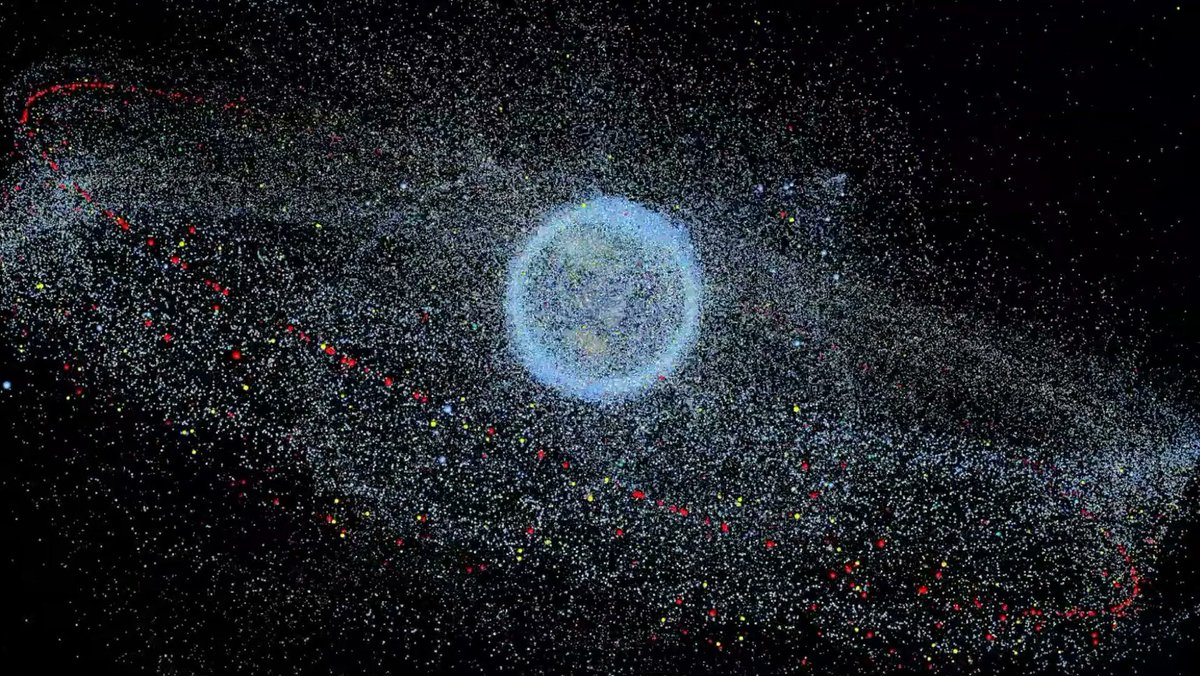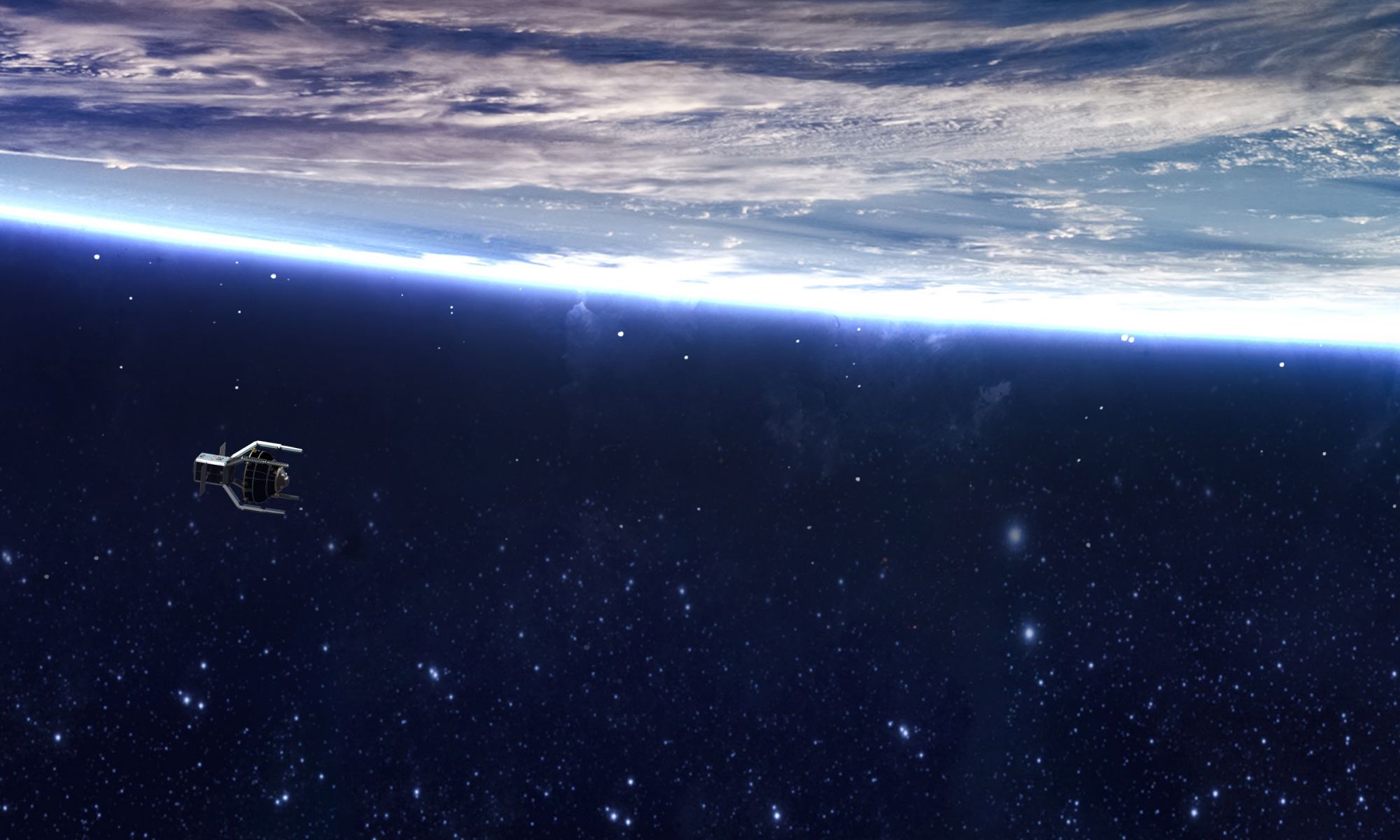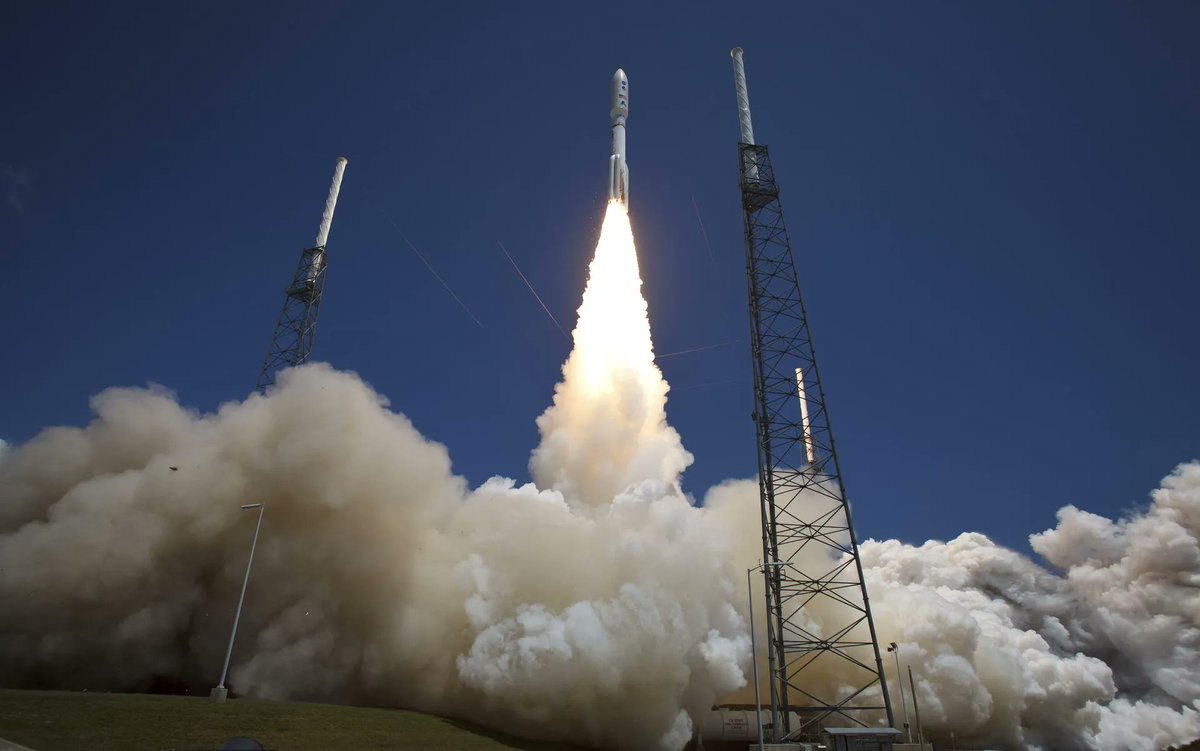Space debris, which consists of pieces of spent rocket stages, satellites, and other objects launched into orbit since 1957 – is a growing concern. According to the ESA Space Debris Office, there are roughly 40,500 objects in LEO larger than 10 cm (3.9 inches) in diameter, an additional 1.1 million objects measuring 1 and 10 cm (0.39 to 3.9 inches) in diameter, and 130 million objects 1 mm to 1 cm (0.039 to 0.39 inches). The situation is projected to worsen as commercial space companies continue to deploy “mega-constellations” of satellites for research, telecommunications, and broadband internet services.
To address this situation, researchers from the University of Kyoto have developed the world’s first wooden satellite. Except for its electronic components, this small satellite (LingoSat) is manufactured from magnolia wood. According to a statement issued on Tuesday, November 5th, by the University of Kyoto’s Human Spaceology Center, the wooden satellite was successfully launched into orbit atop a SpaceX Falcon 9 rocket from NASA’s Kennedy Space Center in Florida. This satellite, the first in a planned series, is designed to mitigate space debris and prevent what is known as “Kessler Syndrome.”
Continue reading “Japan Launches the First Wooden Satellite to Space”







